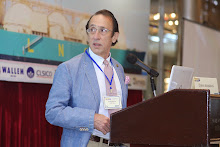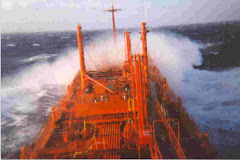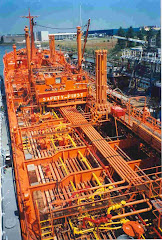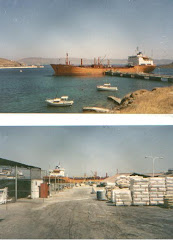TeeKay Offshore Partners (TOO) has been an industry leader in the shuttle tanker and floating storage business. It most direct competitor is Knutsen Offshore, more recently listed but an established operator with Japan’s NYK as partners. Although the offshore business is under stress, shuttle tanker are on long term employment, there are entry barriers to the business and the assets are in limited supply. TOO has recently struck up a new business partnership with Brookfield Business Partners - a new dominate shareholder - that rewrites their balance sheet. This ring fences TOO liabilities for parent TeeKay Corp and makes TOO a formidable player in the marine offshore infrastructure market.
Latest 1st Quarter financial results for TOO showed profits of US$ 15 mio and distributable cash flow double that amount. Both the shuttle tankers and the FPSO floating storage business were profitable. There were no Auditors remarks. These were better result than a year ago 1st quarter 2016, when they had some small losses, most likely from asset impairment charges. Their bank leverage is on the high side (70%) but not yet to the point of breaching LTV covenants.
What destabilized TOO was the generally poor business climate and concerns about possible future difficulties. The catalyst for this was last June when their Lenders
sold some US$ 75 mio of the company's secured debt in the secondary market at a discount, reportedly at levels between US$ 0.75 and 0.85 on the dollar.
This precipitated a panic in the share price and spiked over to the parent company TeeKay Corp. It was all about future issues, not present liquidity issues that risked possible insolvency. There was the matter of future asset values for very specialized assets in a narrow resale market. Oil rig assets in recent distressed sales have lost as much as 60-70% of their value. There was the matter of future contract renewals. In fact, TOO was recently obliged to renew at reduced rate one of its FPSO contracts. Queiroz Galvao Exploracao e Producao. Finally, there was the impact on TeeKay Corp struggling itself in the currently beleaguered tanker market.
The situation was an opportunistic investment for Brookfield Business Partners with a capital injection of US$ 610 million. Brookfield is taking a 60% stake in the company. TeeKay Corp retains a 14% share in the business, injecting a smaller capital amount of US$ 30 mio. Brookfield is also taking a 49% stake in the general partner and providing them an intercompany loan of US$ 200 mio, allowing them to restructure their debt and extend maturities.
They are planning to separate the shuttle tanker business from the offshore floating storage and placing an order for four additional shuttle tankers.
Brookfield is reputedly a low risk investor, seeking 15% long term returns, which is a realistic target in the shipping industry. Given the general situation in Offshore and uncertainties with low oil prices, etc,, it may take a few years until recovery but there is a fair likelihood that the curtailment of new offshore projects the last few years will lead to shortages as older fields like the North Sea are depleted and new projects in the future.








